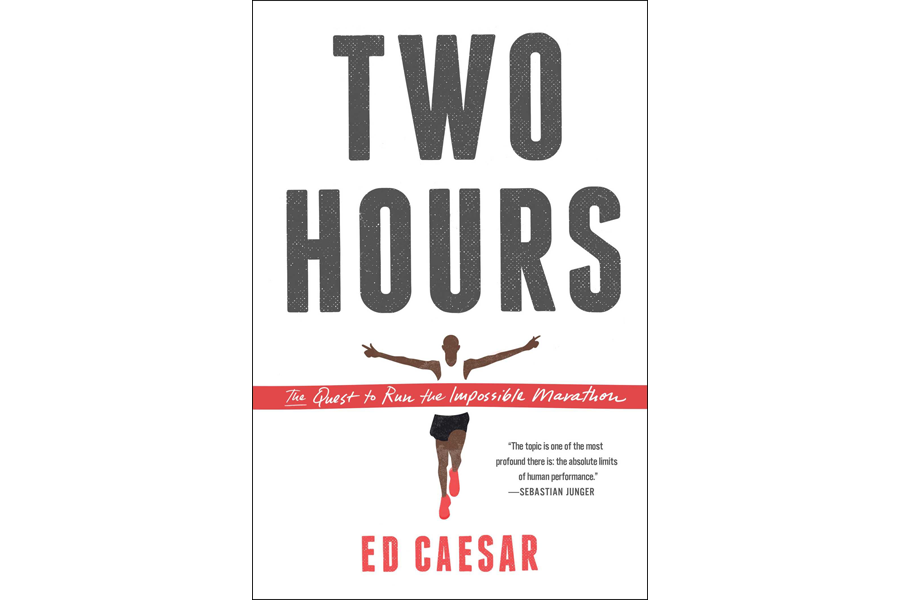In today’s sports world, the sub-two-hour marathon is what the sub-four-minute mile once was – an achievement that appeared out of reach but now beckons to be broken. The race to do so is on among such elite runners as Kenyan Geoffrey Mutai, who is a central figure in the book’s narrative.“Two Hours” takes an in-depth look at the factors, both physiological and psychological, at play in the quest to make history in the alluring chase after running’s Holy Grail.
Here’s an excerpt from Two Hours:
“In 1908, during Marathon Mania, Dorando Pietri and Johnny Hayes sold out Madison Square Garden for a two-man marathon footrace of 262 laps each. Objectively, what they were doing – running, not very fast, around the Garden – was deathly boring. But the event was charged with meaning. People wanted to see Pietri and Hayes race again because of the drama of their earlier encounter in London [at the 1908 Olympics]. Now imagine watching the world’s greatest athletes shoot for a two-hour marathon. To purists, the moonshot, which would break about a dozen IAAF rules, would be the ultimate perversion of the sport. To others, it would be the sport’s ultimate distillation.
“We are hardwired to discover new ways to test ourselves. The urge resides somewhere in our traveler genes. Whatever science or common sense one uses to rebut the possibility of a two-hour marathon, we still cannot resist its lure. Everest was unclimbable until somebody climbed it. The four-minute mile was impossible until it wasn’t. However evanescent the prospect, the two-hour marathon will not leave us alone.”







